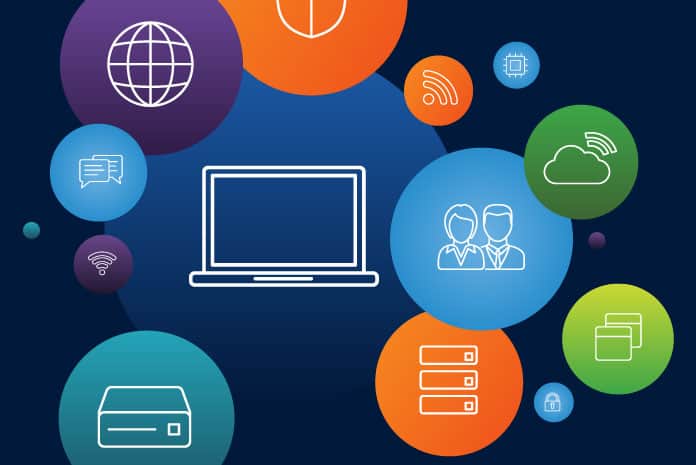The Zero Trust security concept is the most effective model of preventing data breaches. A model created in 2010, the Zero Trust Network or the Zero Trust Architecture is today considered by all CIOs and CISOs as the best line of defence for enterprise security. These CXOs often rely on their channel partners, whom they consider as their security advisor, to implement next-generation cybersecurity concepts like Zero Trust.
At a time of increasingly sophisticated attacks, which have only become more potent in the Covid times, organisations have come to realise that nobody should be trusted automatically, within and outside the company. And this lays the premise of the Zero Trust model – the necessity to verify everything and everyone, inside and outside the perimeter. Channel partners have an important role to play in enabling Zero Trust Model for organizations. Organizations often seek technology advice and assistance from the channel partners who are well trained on technologies and tools needed to implement Zero Trust Model.
Zero Trust: A necessity in Covid times
The Zero Trust model is in anti-thesis to the old belief that breaches can only happen through external sources, and within the organisation, there should be implicit trust.
The Covid situation has necessitated remote working and work from home for most organisations worldwide, and has laid threadbare the fact that data breaches can happen at any point.
The perimeter around the network created by firewalls and VPNs can be easily compromised with the increasing number of remote workforce and large scale assets being stored on the cloud environment.
Under the Zero Trust model, the IT departments in enterprises cannot blindly trust all internal users and enforce strict authentication for both users as well as devices.
How Zero Trust works
As the key tenet of Zero Trust is to prevent vulnerabilities in the security system by reverifying all users and devices again and again, the architecture, the technology and products all come together to build an impregnable Zero Trust system.
Zero Trust entails limiting the access of users to various segments in the network. Once this happens it is not easy for a hacker to gain unlimited access to the whole network and organisation-wide data that can be used for malafide reasons.
By dividing the network into secure units, through micro-segmentation, threats are warded off and contained, and consequently do not have complete access across the organisation. All the users have to be constantly verified and validated for this to happen.
Zero Trust security not just ensures protection of data but also enables detection of risks on time, leading to building a secure network. It also ensures more control of data stored on the cloud.
The role Sophos can play in building your Zero Trust security ecosystem
As Zero Trust is not a single technology or a product but coming together of various technologies, the Zero Trust technology stack addresses two concern areas – management of Zero Trust, and the security and control of various resources and assets.
It is also true that a single vendor cannot ensure an organisation-wide Zero Trust model, however Sophos has a wide range of technologies that can assist organisations focused on adopting the Zero Trust security model.
The cloud native cybersecurity platform of Sophos, popularly known as Sophos Central, enables effective management of Zero Trust environment. It puts together all technologies on a single console and provides organisations with an oversight of all technologies in one place, and APIs to wire together third-party technologies being used.
Sophos Synchronised Security enables an automatic response to incidents, particularly in case of Zero Trust, the solutions adapt to scenarios through dynamic policy and automating the task of isolating machines.
In fact, many of the products and can secure multiple resources and assets simultaneously. To name a few are technologies like Cloud Optix (for securing within the public cloud, data devices, workloads and networks); Intercept X (securing all resources and assets); Intercept X for Server; Phish Threat and Sophos Home (both are products for securing people); Managed Threat Response; Secure Web Gateway (for networks and workloads); SafeGuard (data security); Sophos Email; Sophos Wireless; Sophos Mobile and other products. Implementation of these technologies can be significant steps for moving towards a Zero Trust model.
It is important to understand that Zero Trust goes beyond the concept of technology, network and various security aspects in the architecture. It is about having a focused decision by the organisation and putting all resources behind it to ensure that there is no chance of a security breach, at any cost.
To learn more about zero trust, click here.














